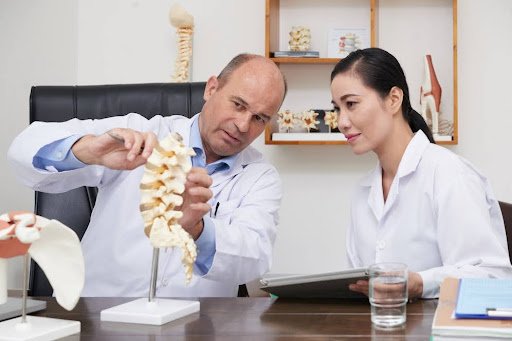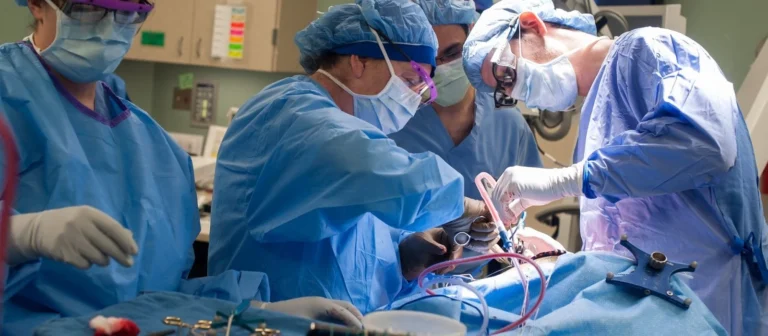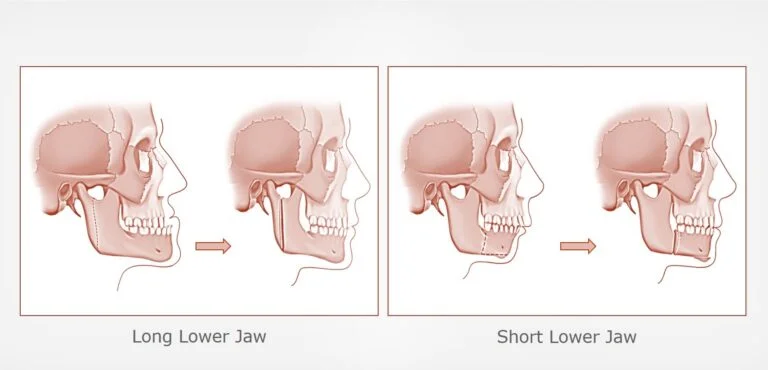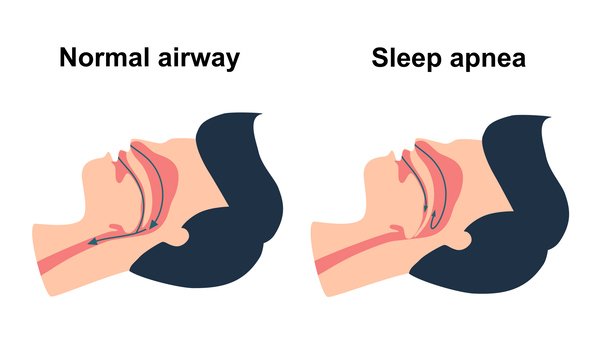Orthopedic Innovations: Advancing Techniques For Better Outcomes
Orthopedic medicine has witnessed remarkable progress in recent years, resulting in improved patient outcomes. Through the application of cutting-edge techniques and technologies, orthopedic surgeons are revolutionizing the field and enhancing the quality of care provided. In this article, we will explore some of the latest orthopedic innovations shaping the future of the industry.
The Importance Of Advancements In Orthopedic Techniques
Advancements in orthopedic techniques have a profound impact on patient outcomes. By continually pushing the boundaries of what is possible, orthopedic surgeons can provide better care and improve the lives of their patients. These advancements enhance the success rate of surgeries and contribute to shorter recovery times and improved quality of life.
One of the most significant advancements in orthopedic care is adopting minimally invasive techniques. According to experts at Kimball Health Services, these procedures involve smaller incisions and reduced trauma to surrounding tissues, resulting in less post-operative pain and faster recovery times for patients. Additionally, minimally invasive techniques minimize scarring and reduce the risk of infection, making them a preferred choice for many orthopedic surgeons.
Advancements in imaging technology have largely influenced improvements in orthopedic techniques. Developing high-resolution imaging tools like magnetic resonance imaging (MRI) and computed tomography (CT) scans has provided surgeons with more accurate insights into the affected area. This has led to more precise pre-operative planning and intraoperative decision-making, resulting in better surgical outcomes.
Latest Trends In Orthopedic Innovations
The field of orthopedics is constantly evolving, with innovations emerging regularly. One of the latest trends in orthopedic innovations is the integration of robotics and artificial intelligence (AI) in surgical procedures. Surgeons can now utilize computer-guided systems and robotic assistance to enhance the precision of delicate procedures. This technology enables surgeons to perform complex surgeries more accurately, reducing the risk of complications and improving patient outcomes.
Another significant trend in orthopedic innovations is the development of biomaterials and implants. These innovative materials are designed to mimic the properties of natural bone, promoting better integration and long-term success of joint replacements. By using biomaterials, orthopedic surgeons can enhance the longevity of implants and help patients regain mobility and quality of life.
Furthermore, advances in regenerative medicine and biologics have revolutionized orthopedic treatments. Stem cell therapy, platelet-rich plasma (PRP), and growth factors promote tissue regeneration and accelerate healing in orthopedic procedures. These biologic treatments have shown promising results in the repair of damaged cartilage, ligaments, and tendons, offering new hope to patients with orthopedic injuries.
Minimally Invasive Procedures In Orthopedics
Minimally invasive procedures have transformed the field of orthopedics. They have revolutionized the way surgeries are conducted and significantly improved patient outcomes. These methods involve smaller incisions, resulting in less damage to surrounding tissues and quicker recovery times. Arthroscopy is one of the most frequently performed minimally invasive procedures in orthopedics.
Arthroscopy is a minimally invasive surgical technique that allows orthopedic surgeons to visualize, diagnose, and treat joint problems through small incisions. With a tiny camera called an arthroscope, surgeons can examine the joint’s interior and perform necessary repairs. This technique is commonly used for procedures such as meniscus repairs, ligament reconstructions, and cartilage restorations.
Another minimally invasive technique gaining popularity in orthopedics is percutaneous fixation. This procedure involves small incisions and specialized instruments to treat fractures and stabilize bones. By using percutaneous fixation, surgeons can reduce the risk of complications, minimize scarring, and expedite patients’ healing process.
Joint replacement surgeries use minimally invasive techniques in addition to arthroscopy and percutaneous fixation. Through smaller incisions and specialized instruments, orthopedic surgeons can perform joint replacements with reduced trauma to surrounding tissues. This approach offers numerous benefits, including shorter hospital stays, faster recovery times, and improved patient satisfaction.
Robotics And Technology In Orthopedic Surgery
The integration of robotics and technology in orthopedic surgery has revolutionized the field, enabling surgeons to perform procedures with unprecedented precision and accuracy. Robotic-assisted surgery, or robot-assisted joint replacement, is becoming increasingly common in orthopedics.
Robotic-assisted surgery involves using a robotic arm controlled by the surgeon to perform precise and controlled movements during the procedure. The robotic arm is equipped with advanced sensors and imaging technology, allowing for real-time feedback and enhanced surgical site visualization. This technology assists surgeons in achieving optimal implant positioning, resulting in improved longevity and function of joint replacements.
In addition to robotic-assisted surgery, computer-assisted navigation systems are used in orthopedic procedures. These systems utilize advanced imaging technology and computer algorithms to create a virtual patient anatomy map. Surgeons can then use this information to plan and execute surgeries more accurately, reducing the risk of complications and improving patient outcomes.
Biologics In Orthopedic Treatments
The use of biologics in orthopedic treatments has opened up new possibilities for patients with orthopedic injuries and conditions. Biologics refer to substances derived from living organisms that promote tissue regeneration and accelerate healing. These substances include stem cells, growth factors, and platelet-rich plasma (PRP).
Stem cell therapy has gained significant attention in orthopedics due to its potential to regenerate damaged tissues. Stem cells can uniquely differentiate into different cell types, making them ideal for repairing injured cartilage, ligaments, and tendons. This therapy offers a promising alternative to traditional surgical interventions, particularly for patients with chronic injuries or degenerative conditions.
Growth factors are another type of biological substance used in orthopedic treatments. These proteins stimulate cell proliferation and tissue regeneration, promoting healing in orthopedic injuries. Growth factors can be obtained from various sources, including the patient’s blood, or synthesized in a laboratory.
PRP therapy is a commonly used biological treatment in orthopedics. It involves using the patient’s blood and includes a high concentration of platelets rich in growth factors. When PRP is injected into the affected area, it helps promote tissue regeneration, reduce inflammation, and accelerate healing. It effectively treats osteoarthritis, tendonitis, and ligament injuries, among other conditions.
Rehabilitation And Post-Operative Care In Orthopedics
Rehabilitation and post-operative care are crucial to successful orthopedic surgeries and treatments. Following a surgical procedure, patients typically undergo a comprehensive rehabilitation program to regain strength, mobility, and function.
Physical therapy is a cornerstone of orthopedic rehabilitation, helping patients restore muscle strength, improve joint stability, and enhance range of motion. Physical therapists work closely with patients through exercises, manual therapy, and modalities to optimize recovery and facilitate a safe return to daily activities.
Orthopedic rehabilitation often employs occupational therapy in addition to physical therapy. Occupational therapists focus on aiding patients in recovering their autonomy in everyday tasks, such as self-care, work, and leisure activities. They may offer education in adaptive techniques, recommend assistive devices, and adjust the patient’s surroundings to promote a seamless transition into their routine.
Post-operative care is equally crucial in ensuring successful outcomes in orthopedic surgeries. This involves closely monitoring the patient’s progress, managing pain and swelling, and preventing complications such as infections or blood clots. Orthopedic surgeons and their teams work closely with other healthcare professionals to provide comprehensive post-operative care and support to their patients.
Case Studies Showcasing Successful Outcomes With Innovative Techniques
Real-life case studies best illustrate the success of orthopedic innovations. These examples highlight the positive impact that innovative techniques and technologies can have on patient outcomes and quality of life.
One such case study involves a patient who underwent robotic-assisted hip replacement surgery. Robotic technology lets the surgeon position the hip implant precisely, improving stability and function. The patient experienced a faster recovery and could return to normal activities with minimal pain and discomfort.
Another case study showcases the use of stem cell therapy in treating a patient with knee osteoarthritis—the injection of stem cells into the damaged joint promoted tissue regeneration and reduced pain. The patient reported significant improvement in mobility and quality of life, avoiding the need for more invasive surgical interventions.
These case studies demonstrate the transformative power of orthopedic innovations, providing hope and better outcomes for patients needing orthopedic care.
The Future Of Orthopedic Innovations
The future of orthopedic innovations is promising, with ongoing research and development. As technology advances, we expect further integration of robotics, AI, and imaging technology in orthopedic surgeries. These advancements will lead to greater precision, shorter recovery times, and improved patient satisfaction.
Additionally, developing new biomaterials and implants will further enhance the success rate of joint replacements. Scientists and engineers are constantly working on creating innovative materials that closely mimic the properties of natural bone, promoting better integration and longevity of implants.
Furthermore, ongoing research in regenerative medicine and biologics will pave the way for new treatment options in orthopedics. Stem cell therapy, growth factors, and other biological substances have immense tissue regeneration and healing potential. As our understanding of these therapies deepens, we can expect to see more widespread adoption and improved patient outcomes.
In conclusion, orthopedic innovations are transforming the field, leading to better outcomes and improved quality of life for patients. Integrating minimally invasive techniques, robotics, biologics, and advanced imaging technology is revolutionizing orthopedic care. As we embrace these innovations, the future of orthopedics looks brighter than ever, promising continued advancements and better patient outcomes.






